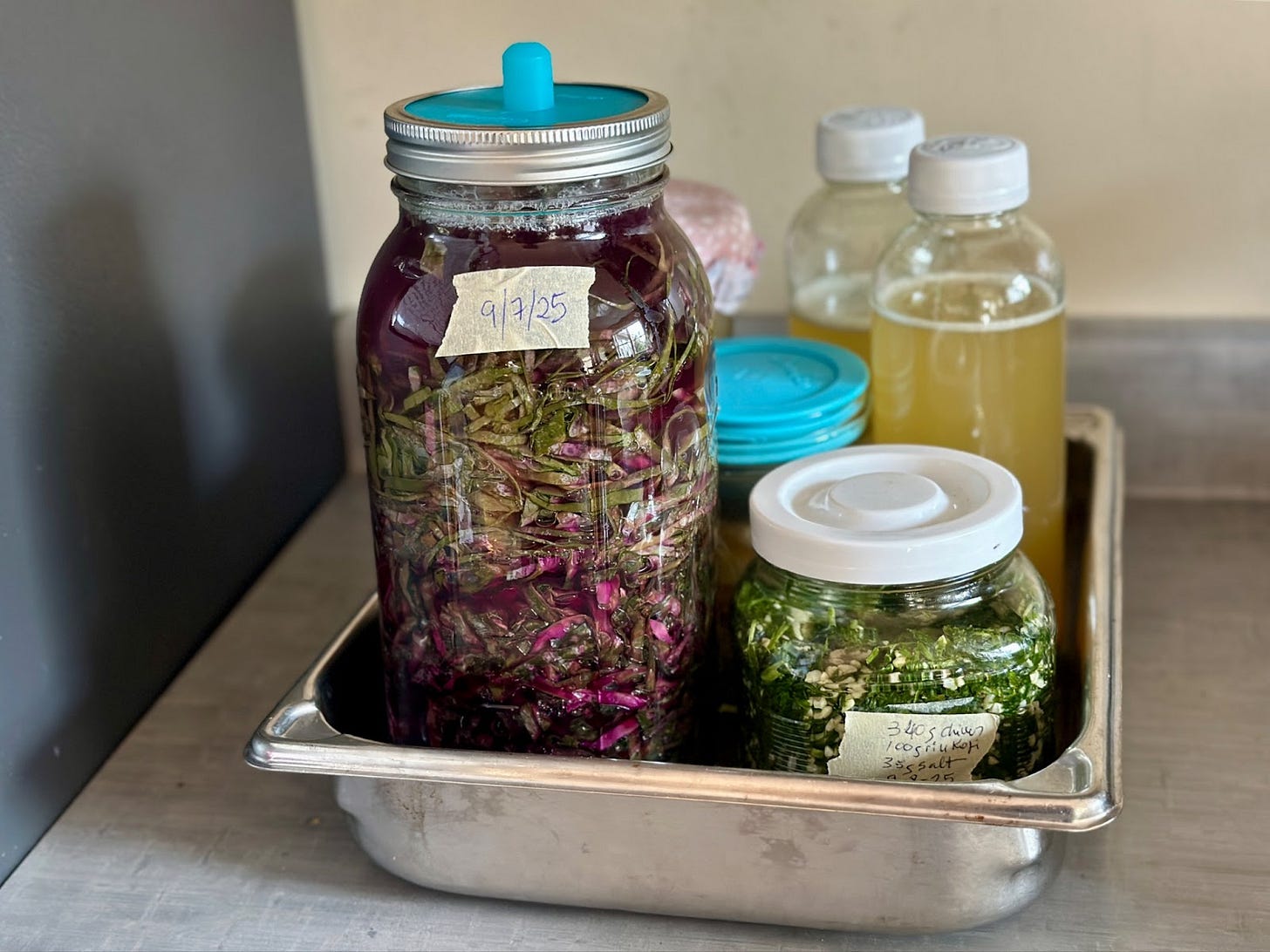Preserving the Harvest
Even a neglected garden can still produce a lot of food
Today’s guest post is by Ellie Markovitch, a multimedia storyteller and lecturer at the University of Maine Department of Communication and Journalism. She uses food as a starting point for conversations and community building. You can find her at storycooking.com, and she has two accounts on IG: @elliemarkovitch and @fermentation_friday, where she like…
Keep reading with a 7-day free trial
Subscribe to Flavor Freaks to keep reading this post and get 7 days of free access to the full post archives.



